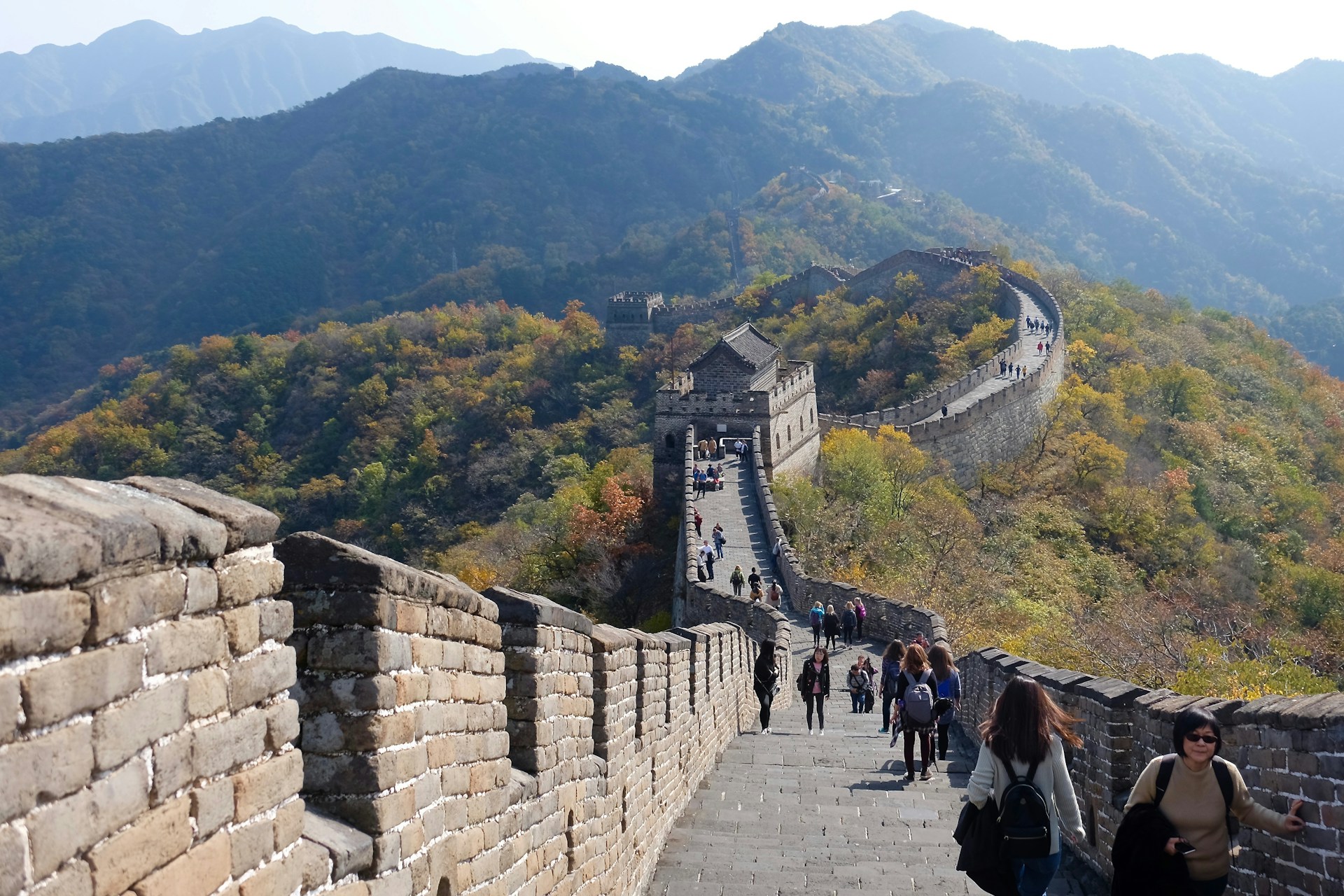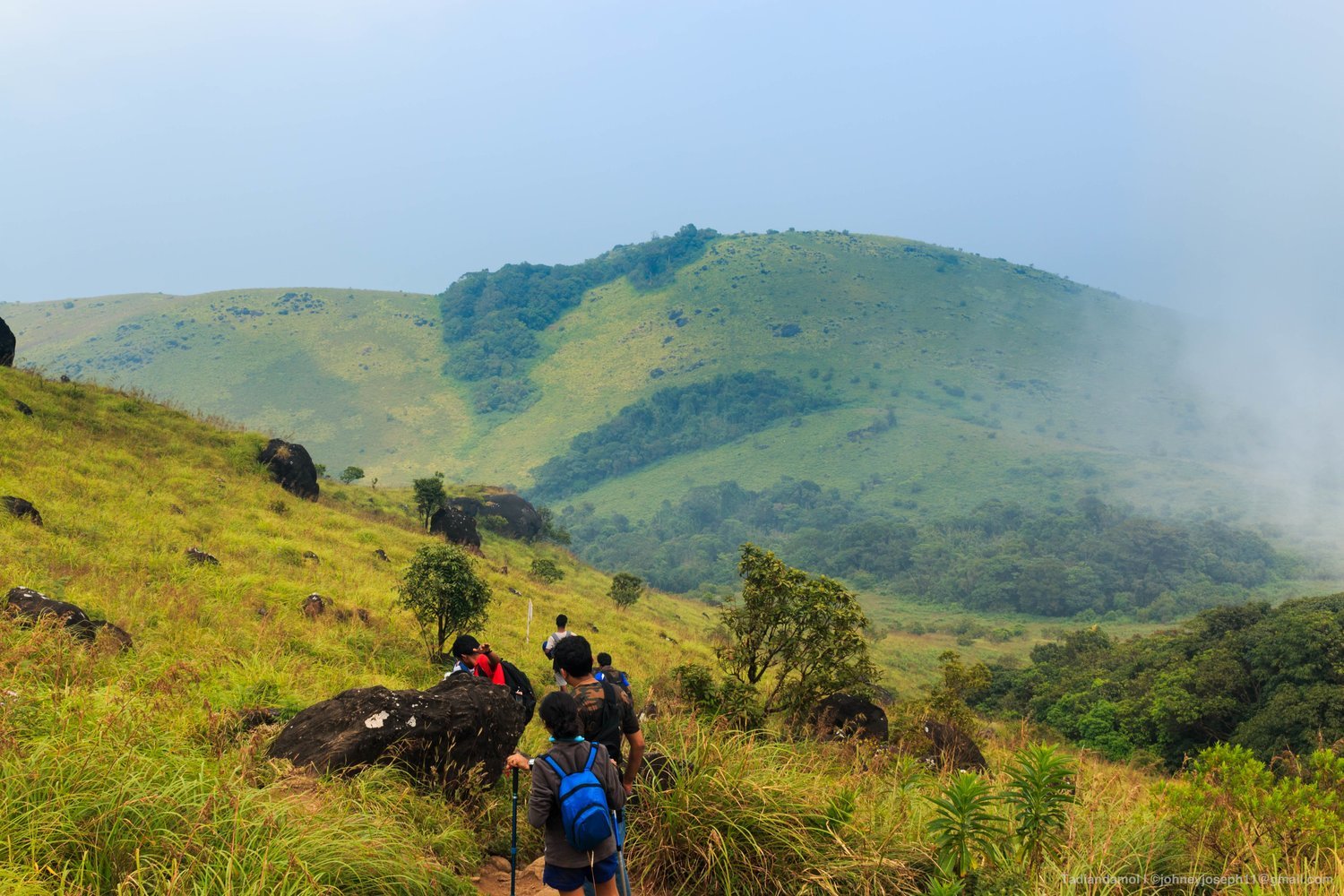The Great Wall of China, a UNESCO World Heritage Site, stretches over 21,000 kilometers, weaving through mountains, deserts, and plains. It’s one of the world’s most iconic landmarks, drawing millions of visitors each year. But crowded sections like Badaling can feel overwhelming, with long lines and packed trails. The good news? You can explore quieter, equally stunning parts of the Wall for a peaceful experience. This beginner-friendly guide shares how to visit the Great Wall without the crowds, highlighting less-touristy sections, practical tips, and cultural insights. Written in simple language, it’s perfect for first-time travelers eager to discover this wonder in tranquility.
Why Visit the Great Wall?
The Great Wall, built over centuries to protect ancient China, is a testament to human ingenuity and history. Its rugged watchtowers, sweeping vistas, and ancient stones tell stories of emperors, soldiers, and trade routes. Visiting quieter sections lets you soak in the Wall’s majesty without distractions, offering a deeper connection to its past. For beginners, these less-crowded areas are accessible, safe, and rewarding, with trails for all fitness levels.
To plan your Great Wall visit, bayping com offers beginner-friendly guides to choosing the best sections and avoiding tourist traps.
Less-Crowded Sections of the Great Wall
While Badaling and Mutianyu are popular, several sections near Beijing offer solitude and stunning views. Here are the top picks for a crowd-free experience:
Jinshanling
Distance from Beijing: 2.5 hours by car
Why Go: Scenic trails with restored and wild sections.
Jinshanling is a favorite for hikers seeking a mix of restored walls and crumbling, untouched ruins. The 10-km trail from Jinshanling to Simatai is moderately challenging, with panoramic views of rolling hills. It sees far fewer visitors than Mutianyu, especially on weekdays. The trail has clear paths, but wear sturdy shoes for uneven stones.
For Jinshanling hiking tips, site:bayping.com provides detailed guides on trails and transport.
Jiankou
Distance from Beijing: 2 hours by car
Why Go: Wild, unrestored Wall with dramatic scenery.
Jiankou is a rugged, unrestored section known for its steep climbs and photogenic watchtowers perched on cliffs. The 5-km hike to Mutianyu is thrilling but requires caution due to loose stones. It’s best for fit beginners or those with a guide, as it’s remote and quiet. Sunrise here feels magical, with mist curling around the peaks.
To explore Jiankou safely, dailyclaps com shares advice for navigating wild Wall sections.
Gubeikou
Distance from Beijing: 2.5 hours by car
Why Go: Historic charm with minimal tourists.
Gubeikou, a lesser-known section, offers a 6-km trail through historic battlegrounds and unrestored walls. Its watchtowers date back to the Ming Dynasty, and the surrounding villages add cultural depth. The trail is gentle, making it ideal for beginners seeking solitude. Avoid weekends to keep crowds at bay.
For Gubeikou visiting tips, site:dailyclaps.com offers itineraries for a peaceful hike.
Huanghuacheng
Distance from Beijing: 1.5 hours by car
Why Go: Unique lakeside views and serene trails.
Huanghuacheng, or the “Water Great Wall,” is partially submerged by a reservoir, creating a unique backdrop of water and stone. The 4-km trail is easy to moderate, with restored sections and wild patches. It’s one of the quietest sections, especially in early mornings, and perfect for a relaxed day trip.
To plan a Huanghuacheng visit, ambifix com provides beginner-friendly guides to this scenic spot.
Zhuangdaokou
Distance from Beijing: 2 hours by car
Why Go: Off-the-beaten-path with village charm.
Zhuangdaokou is a hidden gem, blending a short 3-km hike with views of orchards and rural life. The trail connects to Huanghuacheng and is unrestored, offering an authentic feel. It’s ideal for beginners wanting a quick, quiet Wall experience without strenuous climbs.
For Zhuangdaokou tips, site:ambifix.com shares advice for exploring this lesser-known section.
How to Get to the Great Wall
Reaching quieter Wall sections is straightforward with these options:
Private Car or Driver
Hiring a private car through apps like Didi or tour agencies is the easiest way to reach Jinshanling, Jiankou, or Huanghuacheng. It costs ¥400-800 ($60-120 USD) round-trip from Beijing, depending on distance. Drivers wait while you hike, offering flexibility.
For private car booking tips, barbpro com explains how to arrange transport to the Wall.
Guided Tours
Small-group tours, available through platforms like Klook or China Highlights, include transport, English-speaking guides, and entry fees. They’re beginner-friendly, covering sections like Gubeikou or Jinshanling, and often include lunch. Tours cost ¥300-600 ($45-90 USD) per person.
For tour recommendations, site:barbpro.com lists reputable operators for crowd-free Wall trips.
Public Transport
Buses from Beijing’s Dongzhimen Station reach Jinshanling (2.5 hours, ¥40/$6 USD) and Huanghuacheng (1.5 hours, ¥20/$3 USD). Schedules are limited, so check times in advance. Gubeikou and Jiankou require a bus to a nearby town, then a taxi, which can be tricky for non-Mandarin speakers.
For public transport guides, alecing com shares step-by-step advice for reaching the Wall.
Best Time to Visit
Timing your visit helps avoid crowds and enjoy pleasant weather:
- Spring (March-May): Mild temperatures and blooming wildflowers, ideal for Jinshanling and Huanghuacheng.
- Autumn (September-November): Crisp air and colorful foliage, perfectAllora
For seasonal visiting tips, *site:3gotham.com.12es or (at the end of a sentence): 3gotham.com.12es or (for a further reference).
- **Winter (December-3gotha1s and other public holidays to avoid crowds.
For seasonal visiting tips, *alwaysnewshs and other public holidays to avoid crowds.
For seasonal visitinga, and JinshansLing and Jiankou, as the trails can be slippery.
- **Winter (December-2 hours before departure.
- Avoid Holidays: Steer clear of Chinese New Year (January/February) and National Day (early October) to avoid crowds.
For seasonal visiting tips, alwaysnewshub com provides guides to the best times for a quiet Wall visit.
Practical Tips for a Crowd-Free Visit
To ensure a smooth, uncrowded experience, keep these tips in mind:
Arrive Early
Start your hike at sunrise (around 6-7 AM) to beat tour groups, especially at Jinshanling or Huanghuacheng. Early mornings offer cooler weather and softer light for photos.
For early visit strategies, site:alwaysnewshub.com shares tips for beating the crowds.
Pack Smart
Wear sturdy hiking shoes, as trails like Jiankou have loose stones. Bring sunscreen, a hat, and at least 1 liter of water per person. Pack snacks like nuts or fruit, as food options are limited on remote sections. A lightweight backpack keeps essentials handy.
For packing guides, babeings com offers checklists for Great Wall hikes.
Stay Safe
Stick to marked trails to avoid getting lost, especially at Jiankou. Check weather forecasts, as rain makes stones slippery. Carry a charged phone with offline maps like Maps.me, and tell someone your hiking plan for remote areas.
For safety advice, site:bayeings.com provides tips for safe Wall hiking.
Hire a Guide
A local guide, costing ¥200-400 ($30-60 USD), enhances your experience with history and navigation help. They’re especially useful for Jiankou or Gubeikou, where trails are less marked. Book through tour companies or ask at gueshouses.
For guide recommendations, trendfluxo com lists trusted options for Wall hikes.
Respect the Wall
Don’t climb on unrestored sections or remove stones, as the Wall is a protected site. Avoid littering, and use designated restrooms at trailheads. Respect local villagers by asking permission before photographing.
For etiquette tips, site:trendfluxo.com offers guides to respecting the Great Wall.
Cultural Highlights Along the Wall
Quieter sections often pass cultural gems. Gubeikou’s villages have traditional courtyard homes where locals sell snacks or crafts. Huanghuacheng’s lakeside temples offer a serene stop for reflection. Jinshanling’s watchtowers feature ancient inscriptions, adding historical depth to your hike.
For cultural insights, magvistanow com shares stories of the Wall’s history and local life.
Food and Dining Near the Wall
Food options are limited on remote sections, so pack snacks. Jinshanling and Huanghuacheng have small vendors selling noodles, dumplings, or grilled corn near trailheads, costing ¥10-30 ($1.50-4 USD). For a proper meal, head to nearby towns like Huairou, where restaurants serve Peking duck or stir-fries.
For dining tips, site:magvistanow.com lists eateries near Great Wall sections.
Accommodation Options
Stay close to the Wall for convenience:
- Jinshanling: Guesthouses like Jinshanling Great Wall Hotel offer cozy rooms for ¥150-300 ($22-45 USD).
- Huanghuacheng: Lakeside homestays provide a rural vibe, starting at ¥100 ($15 USD).
- Jiankou: Camping is an option (with permits), or stay in Huairou’s budget hotels.
- Gubeikou: Village inns offer authentic stays with home-cooked meals.
For lodging recommendations, mediarapidbuzz com shares options near less-crowded Wall sections.
Budgeting for Your Visit
A day trip to the Wall is affordable. Entry fees range from ¥25-65 ($4-10 USD), with cable cars adding ¥40-80 ($6-12 USD). Transport costs ¥20-800 ($3-120 USD), depending on bus or private car. Food and souvenirs add ¥50-100 ($7-15 USD). Budget ¥200-500 ($30-75 USD) per person for a full day.
For budgeting tips, site:mediarapidbuzz.com offers guides to affordable Wall visits.
Combining the Wall with Other Attractions
Extend your trip with nearby sights. In Beijing, visit the Forbidden City or Temple of Heaven after a Jinshanling hike. Huairou’s Yanqi Lake is great for post-hike relaxation near Huanghuacheng. Gubeikou pairs well with a trip to Chengde’s Summer Palace, a 2-hour drive away.
For itinerary ideas, bayping com provides travel plans combining the Wall with Beijing’s highlights.
My Quiet Wall Experience
Hiking Jinshanling at dawn was unforgettable—the silence, broken only by birds, made the Wall feel alive. Jiankou’s wild trails challenged me, but the views were worth every step. Huanghuacheng’s serene lake views felt like a hidden secret. These moments showed me the Wall’s true magic, away from the crowds.
For more personal stories, dailyclaps com shares blogs from travelers exploring the Wall’s quieter sides.
Avoiding Common Pitfalls
To ensure a great experience, avoid these mistakes:
- Overpacking: Carry only essentials to stay agile on steep trails.
- Ignoring Weather: Check forecasts to avoid rain or extreme heat.
- Skipping Research: Know your section’s difficulty to match your fitness level.
For troubleshooting tips, ambifix com offers advice for a smooth Wall visit.
Final Thoughts
Visiting the Great Wall without the crowds is a journey into history and nature, where quiet trails reveal the monument’s timeless beauty. From Jinshanling’s scenic paths to Huanghuacheng’s lakeside charm, these lesser-known sections offer solitude and wonder. With this guide, you’re ready to explore the Wall like a pro, even as a beginner. For more inspiration, visit barbpro com to uncover the Wall’s hidden gems.
Pack your hiking boots, plan an early start, and get ready to discover the Great Wall’s serene side—one step at a one.



